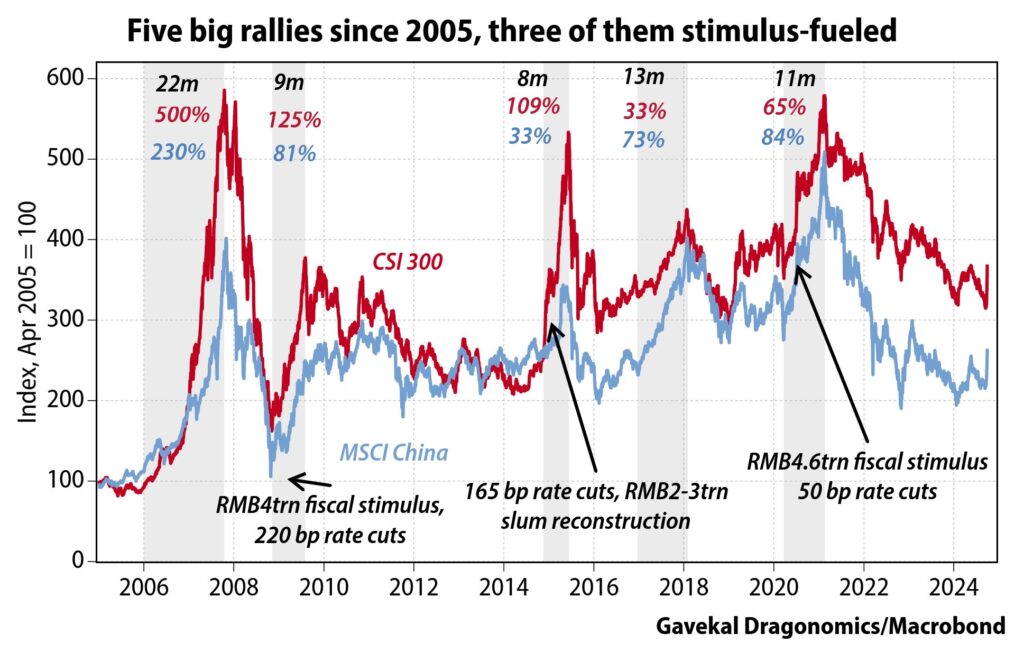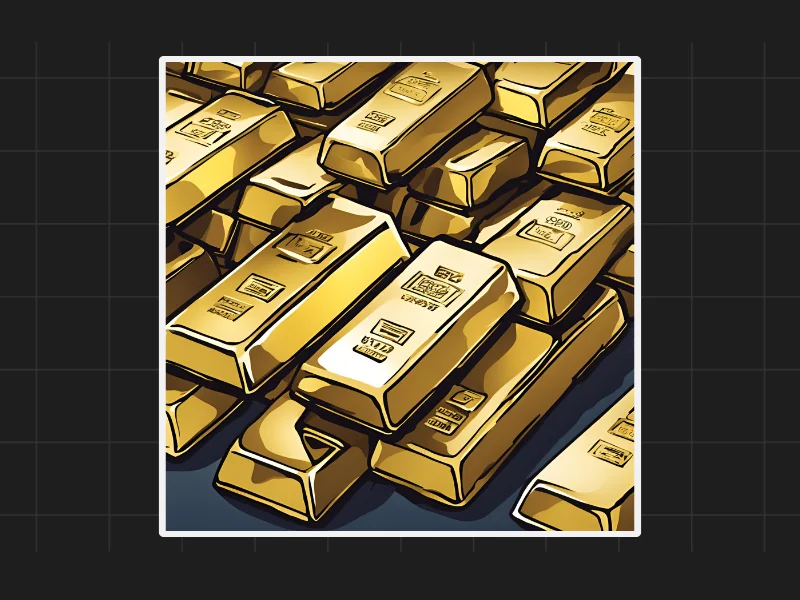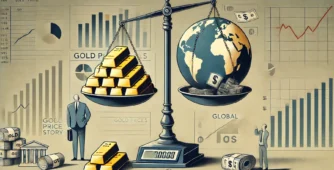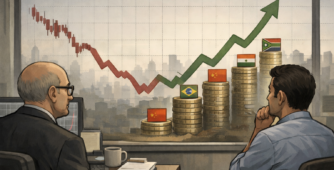Chinese Markets: Historical Stimulus and Its Impact
The Chinese market has shown a clear pattern over the last two decades when it comes to economic stimulus and market reactions. Historically, each time the Chinese government introduces stimulus measures, there has been a significant upward movement in the market. This cycle has been consistent and continues to shape the market trends.
For instance, back in 2009, a significant stimulus of a 220 basis point rate cut led to an extraordinary rally in the Chinese market. Both the MSCI China Index and the Shanghai Index saw gains of around 200%. However, after this sharp rise, the market didn’t see another major upward movement for several years. This highlights the range-bound nature of the Chinese market, where stimulus sparks growth, but without sustained structural change, the market eventually retreats.

More Stimulus, More Short-Term Gains
The pattern repeated in 2016, with another large stimulus of a 165 basis point rate cut, resulting in a 73% jump in the MSCI China Index. Though this rally was not as large as the one in 2009, it still reinforced the idea that stimulus measures can cause short-term gains. Then, in the wake of the COVID-19 pandemic, the Chinese government introduced a smaller stimulus of 50 basis points. Despite being a smaller measure, it still resulted in an 84% rally before the market eventually cooled down again.
What we can observe from these cycles is that the Chinese market appears to have periods of explosive growth following stimulus, but this growth is often not sustained for very long. The market tends to slump back after these peaks, falling into a more stagnant period until the next stimulus is introduced.
China’s Structural Challenges
While stimulus measures have often boosted the market in the short term, China is facing deeper structural issues that hinder long-term growth. One of the most significant challenges is in the real estate sector, which has been a key driver of the country’s economic growth but is now facing difficulties. Moreover, the Chinese working-age population is shrinking, which poses another major obstacle to sustained economic growth.
These headwinds create a situation where, despite periodic stimulus, the long-term outlook for the Chinese market may remain limited. Without significant structural changes, the market may continue to face stagnation, unable to sustain the high growth seen in previous stimulus-induced rallies.
Current Market Scenario
At present, the Chinese market has been closed for several days, and some speculate that it might see a similar sharp rise like it has in the past, potentially even doubling in value. However, given the structural challenges the country is facing, such a drastic rise seems unlikely. While we may see some gains in the short term, the long-term outlook remains uncertain.
It is important to note that once this short-term rally concludes, the focus may shift away from China and toward other global markets. Investors might look for opportunities elsewhere, especially in markets that are showing more stable long-term growth potential.
India’s Potential to Capture Attention
Once the current rally in China peters out, attention could likely shift back to markets like India. India’s market has been gaining attention in recent years and may continue to attract investors looking for more consistent growth opportunities. The structural challenges in China, coupled with its reliance on short-term stimulus measures, could make India a more attractive option for those seeking long-term investments.
Disclaimers and disclosures : https://tinyurl.com/2763eyaz
If you have any questions, please write to support@weekendinvesting.com













